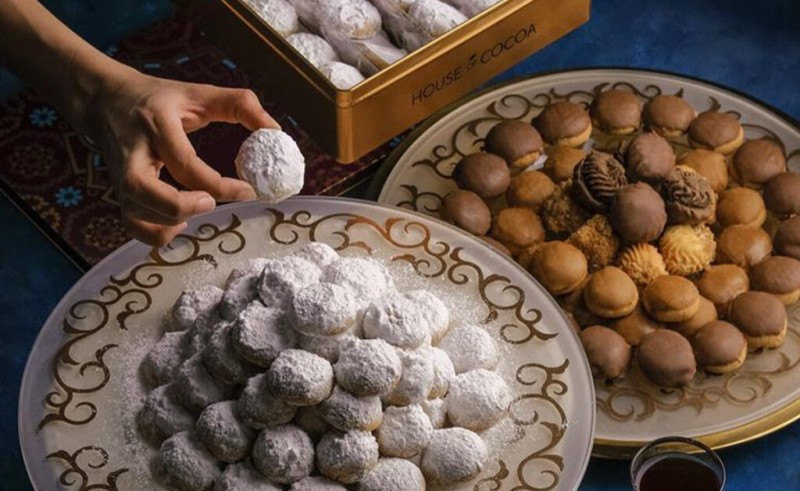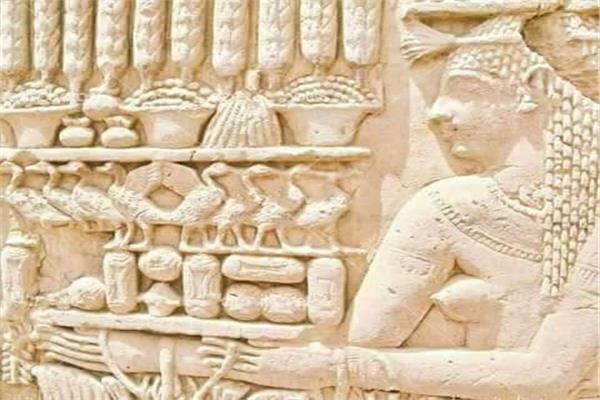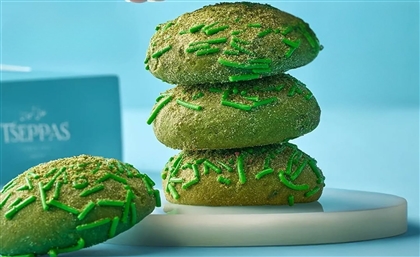Eid's Kahk: The Egyptian History of the Delicious Holiday Biscuit
Did you know that kahk dates back to ancient Egyptian times?

Did you know that the recipe for kahk was found in Giza's Great Pyramid of Khufu? Allegedly, carvings of ancient Egyptians making kahk was also found in the ruins of ancient temples in Memphis and Thebes.
 Kahk dates back to ancient Egyptian times
Kahk dates back to ancient Egyptian times
Kahk's origins can also be found in Islamic history, particularly the Toulunid dynasty, when bakers would create packets out of kahk called Kul Wishkur (which translates to ‘Eat and Say Thank You’). Certain markings on kahk using specific designs was then created, and they continued through the years as simple stylistic markings according to the type of kahk you order.
 While many opt for store-bought kahks, many Egyptians make their own kahk themselves
While many opt for store-bought kahks, many Egyptians make their own kahk themselves
On that note, kahk can be considered one of the oldest Egyptian desserts, and they make a comeback each year at the end of Ramadan during Eid Al-Fitr. Some bake kahk at home, but if you’re anything like us, you opt for store-bought packages that feature the sugary treats.
 The powdered sugar is the most important component of kahk
The powdered sugar is the most important component of kahk
Usually, kahk is filled with agameya, which is made of ghee, honey, sesame seeds, and nuts. The nuts can range from walnuts, almonds, to pistachios. The kahk has to be made in a specific way to avoid the oozing of its fillings, which ruins the buttery cookies. Another popular filling is the malban, which is a Turkish delight made with grape molasses and thickened with starch. It is often flavoured with rose water, mastic, or orange blossom that give it that distinct sweet taste. Other fillings include date paste, and good ol' nuts.
As for the cherry on top, you can't have kahk without topping it off with powdered sugar!
- Previous Article Karim Hassan of Seven Fortunes Just Got Featured in Time Magazine
- Next Article djaskdahsd
Trending This Month
-
Dec 03, 2025























